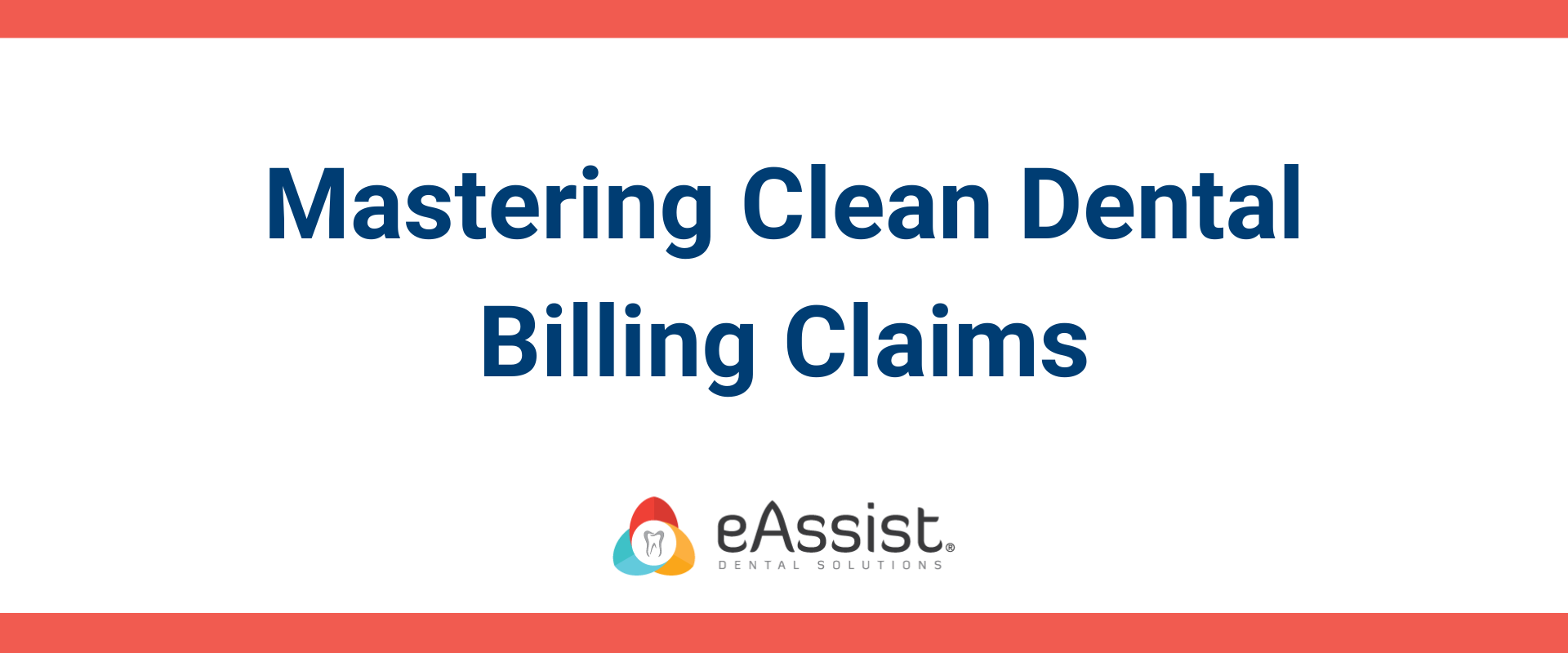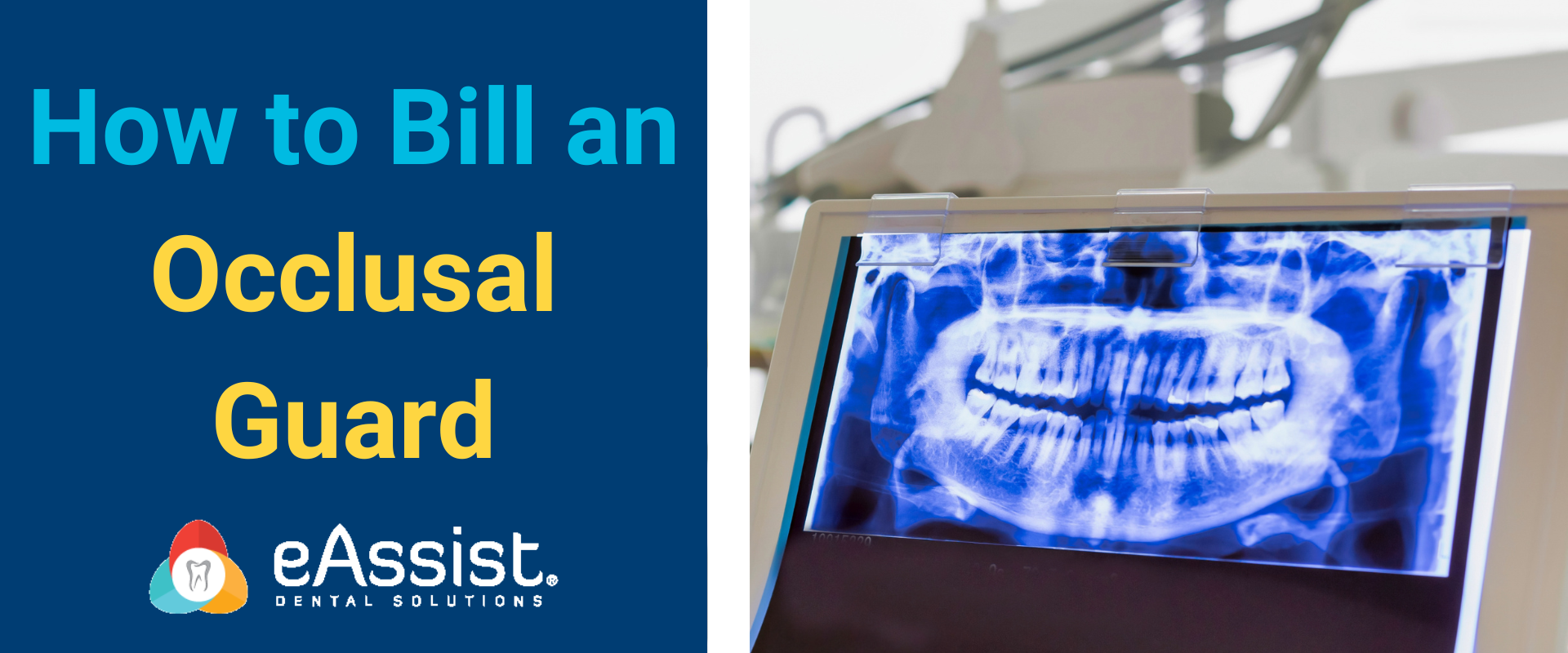They are deductible, coinsurance and co-payment.
A deductible is the amount a person is required to pay before their insurance will begin processing claims for payment in any given year. The amount is applied to the first claim(s) that the deductible is applicable to. Some procedures the deductible does not apply to such as preventive or diagnostic care.
Co-insurance is the amount that the insurance company does not pay, after the deductible has been met. Typically, the insurance will pay 80% of the allowable amount, and the insured member is responsible for the other 20%.
Both of these concepts, deductible and coinsurance are cost share obligations under a traditional indemnity, or other dental insurance plans.
A co-payment is completely different, and pertains to a managed care plan. The co-pay is the managed care cost share obligation under HMO or DMO policies.
Managed care IS NOT INSURANCE! So laws that regulate insurance companies in regard to claims, benefits, etc., do not apply. Managed care is referred to as a “subscription plan,” because it does not constitute the issuance of a certificate of insurance.
Read the rules of managed care. For physicians the patient CANNOT see the doctor until they make their co-payment. Managed care is governed by federal law and is not open to interpretation. To “write-off” co-pay, or to allow a patient in to see the doctor without collecting the co-payment, is breaking the law.
This flies in the face of traditional indemnity insurance, and because so many people are not familiar with the laws governing managed care (including doctors and administrators) they believe that the same rules apply. They do not.
Traditionally, even if an established patient owes the doctor money, we must still let them in to see the doctor. As opposed to managed care, where the patient cannot see the doctor until the co-payment has been made.
Deductibles and coinsurance amounts cannot just be written off. IRS code demands that we do one of two things before we write it off. And understand, an adjustment is different from a write-off. Write-offs can be included on your Schedule C, and be accounted toward your profit and loss statement for the year.
The IRS demands that we either: 1.) Substantiate that the patient suffers a financial hardship; 2.) make a collection effort.







0 Comments